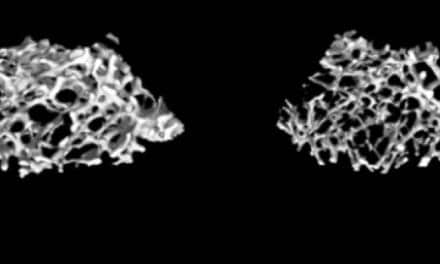Repeated head impacts in high school football players may lead to measurable changes in the brain, even when no concussion occurs.
Researchers from UT Southwestern Medical Center’s Peter O’Donnell Jr. Brain Institute and Wake Forest University School of Medicine conducted the study using about two dozen high school varsity football players, each of whom wore specially outfitted helmets that recorded data on each head impact they experienced during practice and regular game play.
The recordings took place over the course of a single football season.
From the data, the researchers then used diffusional kurtosis imaging (DKI), which measures water diffusion in biological cells, to identify changes in neural tissues in the players’ brains before, during, and after the season, according to a media release from UT Southwestern Medical Center.
Prior to the season start, each player had an MRI scan and underwent cognitive testing that included memory and reaction time tests. During the post-season, the players had another MRI scan and underwent cognitive testing again.
“Work of this type, combining biomechanics, imaging, and cognitive evaluation, is critical to improving our understanding of the effects of subconcussive impacts on the developing brain,” says Joseph Maldjian, MD, professor of Radiology and the Advanced Imaging Research Center at UT Southwestern, and the study’s senior author, in the release.
“Using this information, we hope to help keep millions of youth and adolescents safe when engaged in sports activities,” adds Maldjian, Chief of the Neuroradiology Division and Director of the Advanced Neuroscience Imaging Research Lab, part of the Peter O’Donnell Jr. Brain Institute at UT Southwestern.
The study appears in a recent issue of Journal of Neurotrauma.
[Source(s): UT Southwestern Medical Center, EurekAlert]





